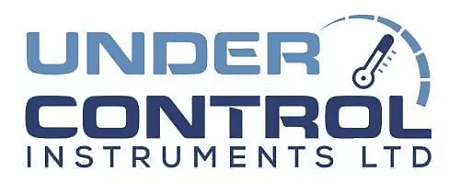Whether you work in an industry that handles heating elements regularly, or are having issues with your own heating system at home; we have all the information that you could need to answer all your questions and queries.
Heating elements are intelligent tools that are able to convert electrical energy into usable heat. Although you may feel you’re not super familiar with heating elements, you may have come across them many times before. Many domestic devices that heat up use heating elements. Toasters, hair dryers, kettles, electric stoves and coffee machines.
How do heating elements work?
The majority of heating elements are made from ribbon, coil or a strip of wire. This is a good conductor of electricity. When an electric current is passed through the ribbon coil (or strip of wire) it is then converted to heat and transmitted outwardly. Heating elements provide a reliable electrical element that produces heat when a large electrical current is pushed through it. In the context of a radiator, an electric heating element works by allowing electricity to pass through, which is sourced from your home’s mains electric, through the filament. Once the filament has been inserted and fixed in place, heat will be rapidly generated. This allows the water in the radiator to heat up.
Typical heating element materials
There are only a select few materials that meet the required heating material properties. The materials need to be able to resist high-temperature which causes oxidation. Alternatively, the materials should oxidise at high temperatures for use in low-oxygen environments like furnaces or vacuum environments. The materials are:
- Nickel-chromium alloy
- Iron-chromium-aluminium alloy
- Molybdenum silicide
- Silicon carbide
- Graphite
- Molybdenum
- Tungsten
- Tantalum
Things to consider when buying a heating element
When it comes to purchasing a heating element, there are a set of essential specifications in the instance of looking for heating materials.
- Watt density
Every heating element has a different watt density according to its specified application. It’s important to check the manufacturers recommendations on watt density, depending on the intended use.
- Power supply
The rating used to measure the voltage for the heating element should be 120V or 240V, and the heating element should function with the appropriate power supply.
- Temperature
The temperature is an important factor to consider when purchasing a heating element. The operating temperature and watt density of the heating element. This is from a functionality point and a safety aspect.
Looking for Heating Elements for Your Building?
If you’re looking for heating elements, you can find our full range here.
If there have any other questions or concerns you may have that haven’t been covered here, please feel free to contact us and our team of experts will be more than happy to assist you.

